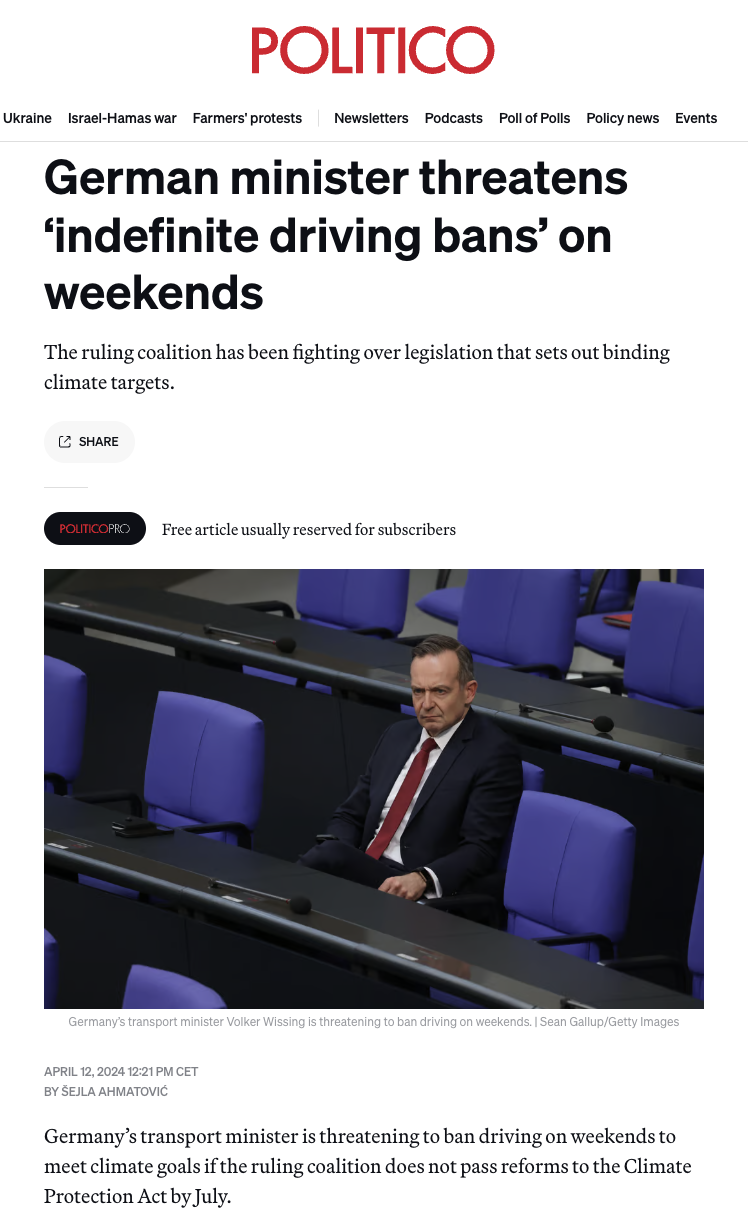By Chris Mooney
January 3 at 3:48 PM

2013-2014 MODIS Mosaic of Antarctica. Courtesy of ‘National Snow and Ice Data Center and NASA.
Scientists have found large increases snow accumulation in a vast region of eastern Antarctica, a trend that, if it continues or becomes more widespread, could lessen the ice sheet’s contribution to sea level rise and possibly help mitigate one of the most feared consequences of climate change.
The new study, conducted by scientists from NASA and several other institutions, examined snowfall in western Queen Maud Land, an area due south of the southern tip of Africa that is warming rapidly and contains 7 percent of Antarctica’s ice overall.
Based on a more than 500 foot long ice core extracted from the thick sheet of ice and containing a snowfall record dating back 2,000 years, the researchers found that snow accumulation levels had been rising since around 1900, and the rise is most marked in the most recent decades up through the year 2010. It’s a finding that aligns with the notion that climate change, by increasing the atmosphere’s retention of water vapor, is increasing precipitation.
“We know very robustly that the present day is not anything like we’ve seen in the past essentially 2,000 years” for snowfall, said Brooke Medley, a NASA research scientist who was the lead author of the study in Geophysical Research Letters. “It’s receiving much more precipitation.”
Medley conducted the research with colleagues at institutions in the U.S., the Netherlands, Switzerland, and Germany.
The work, she said, casts light on the large scale dynamics of how water moves onto, and through, the Antarctic ice sheet to the sea — a process of addition and subtraction whose overall sums determine how the ice sheet is affecting the level of the planet’s oceans. Antarctica overall contains about 200 feet of potential sea level rise.
A huge amount of snow falls atop Antarctica every year — the equivalent of 5 to 7 millimeters of sea level rise annually, the new study states. But at the same time, Medley explained, that snowfall is usually balanced by the loss of ice around the periphery of the ice sheet, where it melts in contact with ocean waters or slides out into sea and eventually floats away in large chunks.
Any tweak to either side of this equation — more snowfall, or more ice loss — would change Antarctica’s contribution to sea level rise. And we already know Antarctic ice loss has been increasing, particularly in the vulnerable West Antarctic region, which has drawn massive media attention as several large glaciers have markedly retreated.
“It’s ‘what goes in,’ versus ‘what goes out,’” Medley said. “Most studies aren’t interested in the ‘what goes in’ part, but they’re equally important.”
Sure enough, the current study found that snowfall atop western Queen Maud Land is 25 percent larger than snowfall in the preindustrial era, before the late 19th century. Meanwhile, this has happened even as temperatures have risen by a sharp 1 degree Celsius (1.8 degrees Fahrenheit) per decade at Kohnen Station, a weather station in the region that currently offers a 19 year temperature record.
To provide a significant counterweight to Antarctica’s expected long term ice loss, however, the increased snow accumulation would have to continue in coming decades and also occur elsewhere across the continent — areas the study did not cover. The researchers surmised that overall, this trend of growing precipitation that they documented is probably occurring over a vast area of Antarctica — about 7 to 10 percent of the ice sheet.
Meanwhile, when the scientists compared the results to the findings of a group of global climate models, they found that temperature rises and snowfall accumulation were outstripping the pace of model predictions, even in a very high end global warming scenario.
Indeed, the study notes that models predict an increase in snowfall accumulation atop Antarctica by the end of the century that is equivalent to 1.5 millimeters of sea level annually. Such a large amount, if not offset by increased ice losses at the periphery of Antarctica, would counter about half of current sea level rise.
However, while snowfall increases across Antarctica are expected, the current research only addresses the western part of Queen Maud Land. Further research would have to show whether anything like this amount of change is happening elsewhere — and to what extent it may be offsetting ice loss from West Antarctica and elsewhere.
Still, several experts consulted by the Post for this article agreed that the new research could have significant implications.
“The notion that increased accumulation in East Antarctica will at least partly offset increased ice outflow has long been discussed,” said Ted Scambos, an Antarctic expert at the National Snow and Ice Data Center in Boulder, Colorado, by email. “The problem is that in the long term, if the Earth warms, the ice sheets shrink. The compensation effect does not last.”
“For human planning, however, delaying the [sea level rise] by a few centuries is a bit like saying, ‘no need to worry — never mind,’” Scambos continued. “If true, it could have a huge impact on the eventual pace of [sea level rise].”
Andrew Shepherd, an Antarctic expert at the University of Leeds, said the gap between climate models and observations in this case requires further research.
“It’s important to find out whether this discrepancy is widespread across the continent, and present in other climate models, so that climate projections can be revised to take increased snowfall into account, as this could offset a proportion of expected future sea level rise,” he said by email.
The new result follows on a prior 2015 NASA study that found that Antarctica as a whole was growing in mass as recently as 2008 — a contested finding that was embraced by many climate change doubters and skeptics.
The current result is different, however. Medley stressed in an interview that while snowfall accumulation could be partially mitigating ice losses in West Antarctica, she is not asserting that Antarctica is currently gaining ice — just that current losses may be offset somewhat.
“If you take the net, we’re still looking at ice loss,” Medley said.
At the same time, the findings themselves in a sense presume the reality of human caused climate change — after all, temperatures are rising rapidly in Queen Maud Land (albeit with only a short thermometer record of 19 years so far), and an increase in precipitation is what would be expected to occur in response to climate change.
So while there’s nothing here that refutes climate change, the new research may indeed point to possible a silver lining — especially if verified in further research.
Chris Mooney reports on science and the environment.
Most Read
-
1
AnalysisAmerica’s forgotten towns: Can they be saved or should people just leave?
-
2

Gene therapy for inherited blindness sets precedent: $850,000 price tag
-
3

Bitcoin got a big boost in 2017. Here are 5 other cryptocurrencies to watch in 2018.
-
4

AnalysisMost people are paying off their credit card debt all wrong — are you?
-
5

Pharma, under attack for drug prices, started an industry war
How to Adult
A new video series from The Washington Post
- washingtonpost.com
- © 1996-2018 The Washington Post
- Help and Contact Us
- Policies and Standards
- Terms of Service
- Privacy Policy
- Print Products Terms of Sale
- Digital Products Terms of Sale
- Submissions and Discussion Policy
- RSS Terms of Service
- Ad Choices
- View standard mobile site






